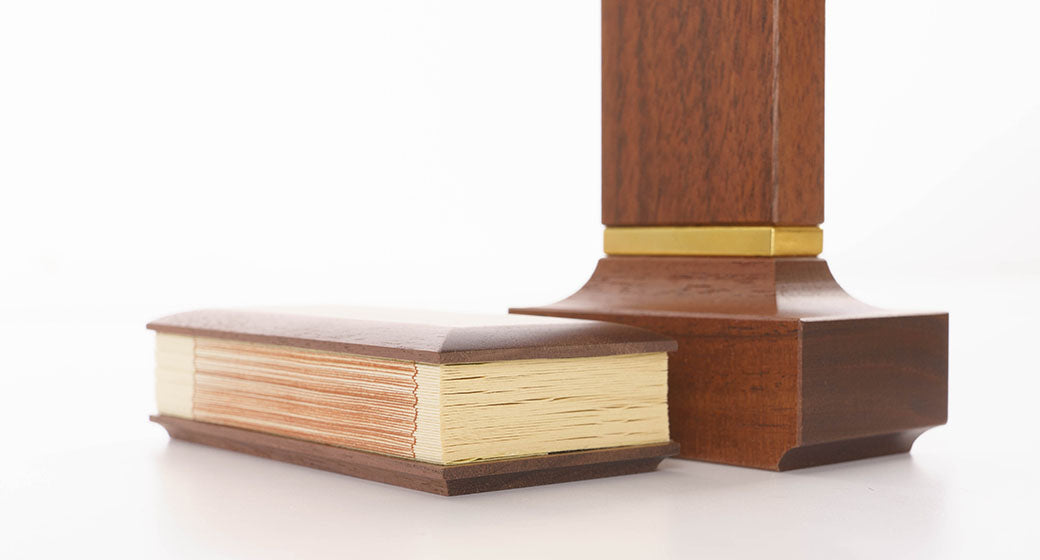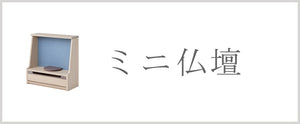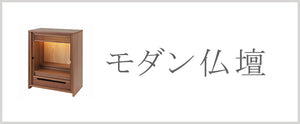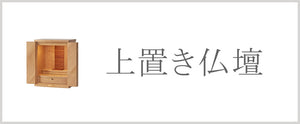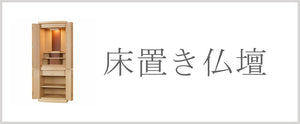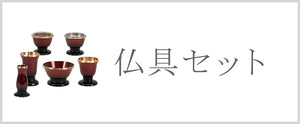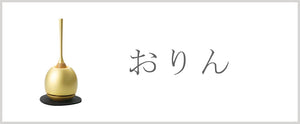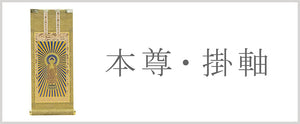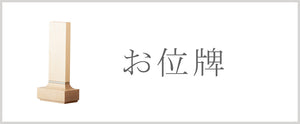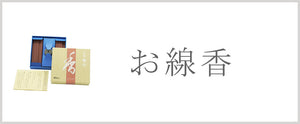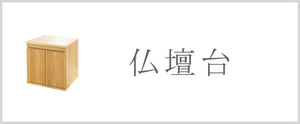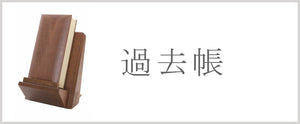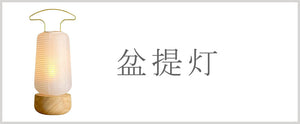Last updated:
Release date:
A death register is a record book used to record information such as the posthumous name (or Buddhist name), death date (date of death), secular name (name given while alive), and age at death of a deceased person.
It is also one of the important Buddhist altar implements used in ancestor memorial services.
In this article, we will introduce how to choose a death register, how to fill it out, and the differences between it and an ihai (memorial tablet).
How to choose a death register
About size
When purchasing a death register for the first time, be sure to check the size and type.
Past books come in a variety of sizes.
Basically, it is best to prepare one that matches the size of your Buddhist altar.
However, if you are purchasing a small size (3.0 inches, approximately 9 cm vertically) or smaller, it may be difficult to write the posthumous name if it has many characters, so you should be careful when purchasing.
- For a standing Buddhist altar, the size is 3.5 sun (approximately 10.5 cm in height) to 4.0 sun (approximately 12 cm in height).
- For pedestal Buddhist altars, the size is 4.0 sun (approximately 10.5 cm in height) to 4.5 sun (approximately 13.5 cm in height).
It is best to choose the size based on the above.
About the types
There are two types of death registers: those with dates on the main page and those without.
With date

Many of the products currently on the market are of this type.
Each spread has a date written on it, from the 1st to the 31st, and you should write it down according to the anniversary of your ancestors' deaths, regardless of the year or month. You can turn over one page each day in front of the Buddhist altar and offer prayers for your ancestors.
No date

This type of form is filled out in order of the person who died first.
It can also be used as a family tree. If the date is included, it can be difficult to write everything if two people have the same monthly death anniversary, so some people purchase it with this in mind.
However, please be aware that there are few stores that stock it, and even if it is possible to purchase it, delivery times can be long.
How to write a death register
Who should write the death register and how should they do it?
Who writes the past records?
If you have a family temple that you are grateful to, you will often ask the temple to write the memorial for you.
This is because temples often keep records of their parishioners in large temple death registers, so the information recorded at the temple and at home can be aligned.
However, there is no rule, so there is no problem if you or a ghostwriter writes it.
If you can't find someone who can write it, you can ask a Buddhist altar shop for help. Note that if you ask a temple to write it for you, you will need to make an offering.
How to write a cover

Traditional death registers have a space on the cover to write the title.
There are no strict rules, but generally, the family name is written as "The spirits of the XX family ancestors for generations." However, in the case of Jodo Shinshu, it is not believed that people become Buddhas when they die and that their souls reside in them, so it is written as "The spirits of the XX family ancestors for generations."
If the death register is small or modern, you can simply write "XX family." If it is wooden or has no title, you do not need to write the family name.
How to write this paper

This sample is written in two lines, but three lines is also acceptable.
Write the posthumous name (or Buddhist name), date of death (date of death), secular name (name given during life), and age at death.
With date
Write the date of death on the page that corresponds to the month of the deceased's death. It doesn't matter if you write the whole year, month, and day, or just the year and month.
No date
Write in the order of the deaths, using one to three lines for each person.
Things to note when writing a record
Originally, death registers were written on an inkstone with a grinding brush.
The paper is made from a type of washi paper called "Torinoko," and the letters may bleed if you are not used to it.
Recently, there are papers that are made with ink that is less likely to bleed, so if you are worried, it is a good idea to check beforehand. Also, if you are writing by yourself, you can use a brush pen or something that is easy to write with.
Generally, the death register cannot be rewritten.
Therefore, it is a good idea to make a rough sketch in advance using a pencil or something similar.
If you make a mistake
Even if you write carefully, mistakes can still be made.
In that case, you can either buy a new one or purchase similar Japanese paper at an art supply store or Japanese stationery store and paste it over the area where you made a mistake.
It may not be as good as new, but as long as you take care of it carefully, you don't have to worry about being disrespectful to your ancestors.
Where should I put the archives?

We recommend that you display the death register on your Buddhist altar.
For this purpose, you will need to prepare a Buddhist altar accessory called a "kendai" or "kakochodai." Place the kakocho on the kendai and place it on the second or third shelf of the altar. Make sure to place it in a place where the principal image will not be hidden.
Originally, the Kakocho was a book that was used to hold memorial services for ancestors whose monthly death anniversaries were being celebrated. By keeping it closed on days other than the monthly death anniversaries of ancestors, you can prevent the pages from getting sunburned.
Recently, some people do not have a viewing stand (past record stand) and instead keep their records stored in a drawer.
The difference between a death register and an ihai
I am sometimes asked about the difference between an ihai and a death register, and the crucial difference is whether or not the soul can be placed inside.
Both are important documents that record our ancestors, but the death register is a "record book" that records generations of ancestors.
On the other hand, the memorial tablet becomes a place where the soul of the deceased resides after the eye-opening ceremony. Furthermore, it must be prepared for each individual deceased.
These two may be used together. In particular, if a family has many memorial tablets, a death register is necessary when organizing them.
In Jodo Shinshu, memorial tablets are not normally used, so many people prepare them as a substitute for memorial tablets.
The death register is a bridge that connects you with your ancestors

AYUMI 3.5-inch Death Record and Death Record Stand Set
A death register where you can see evidence of the lives of many of your ancestors.
Like the Buddhist altar and memorial tablets, it is one of the important Buddhist altar items that is essential for ancestor memorial services.
There are no difficult rules for choosing. When filling out the form, you need to be a little careful not to make any mistakes, but make sure to write carefully and with feeling.
And when you pray at the Buddhist altar, be sure to also take a look at the death register.
By doing so, you may be able to appreciate the wonder of your current existence as part of a history that continues from your ancestors, and the gratitude you feel for being able to live within that history.
Click here for the memorial tablet product page>
